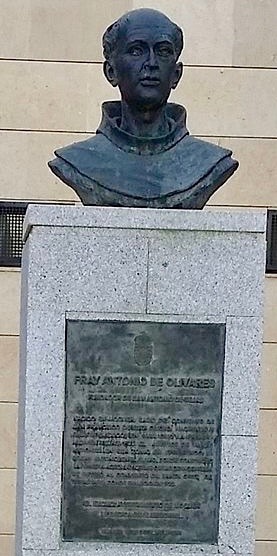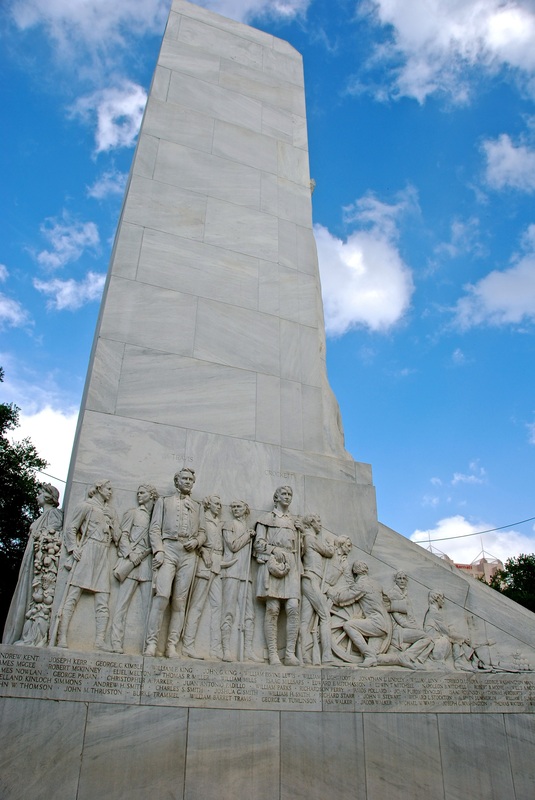The Hispanic-American History Timeline
1718 Misión San Antonio de Valero is born - long before it became The Alamo
|
Father Antonio de San Buenaventura y Olivares,
a Franciscan priest from Andalusia, Spain, treks north from New Spain into present-day Texas and establishes Mision San Antonio de Valero, the Spanish mission that is much better known as The Alamo. Named after Saint Anthony of Padua, this is the first of five Spanish missions established in East Texas by Spanish Franciscan friars who had received training on how to engage and evangelize the American natives at the Convent of Querétaro, New Spain (Mexico). They were seeking to covert Native Americans to Catholicism and to colonize northern New Spain. After relocating twice until settling at its present site in 1724, just across the river for the town of San Antonio de Bexar -- today's City of San Antonio, Tx. -- the mission becomes self-sufficient, with its own church, granary, living quarters, workshops, fields, and pastures. But in 1836, when it was no longer used as a Spanish mission, it becomes the site of the most famous battle of the Texas Revolution. After the mission was closed in 1793, the buildings kept changing hands and functions, serving as a meeting place, a hospital and finally a military fort that had become known as "The Alamo." Occupied by rebels who fought and died for Texas independence from Mexico -- including many Hispanics -- the Alamo suffered a defeat against the Mexican Army that become legendary. "Remember the Alamo" became the battle cry that eventually won Texas independence from Mexico. Of the estimated 189 men who died defending The Alamo, only six were actually born in Texas -- and all of them were Hispanic: Juan Abamillo, Juan A. Badillo, Carlos Espalier, Gregorio Esparza, Antonio Fuentes, and Andrés Nava. And the man who left The Alamo to seek reinforcements, Juan Seguín, was also a Latino. Nowadays, they are all recognized in a monument outside the mission. And The Alamo is San Antonio's biggest tourist attraction, celebrating both its heritage as a Spanish mission and as the sacred battleground of the Texas Revolution. By Adelaida Ospina, Lehman College |
|










